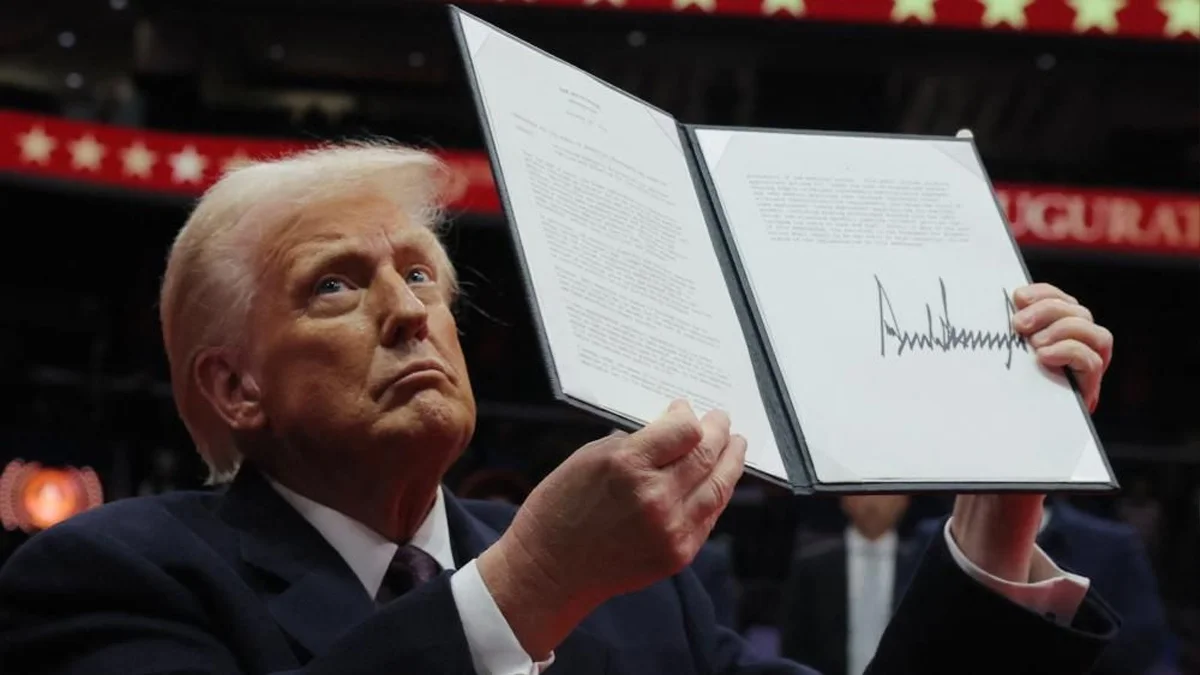
In addition to declaring a national emergency at the US southern border, immediately ending the use of a border app called CBP One that had allowed migrants to enter the country legally, and initiating the process to end birthright citizenship—which is likely to spark a legal battle—President Donald Trump began his term on Monday by taking a number of broad immigration executive actions. According to a source familiar with the matter, senior leadership at the Justice Department’s agency in charge of the country’s immigration courts, the Executive Office for Immigration Review, was relieved of their duties on Monday.
There were concerns about whether the removals, which targeted career public workers who had collectively worked for the agency for a number of years, were allowed by Office of Personnel Management regulations. Additionally, they demonstrated the Trump administration’s efforts to choose individuals who share his policy philosophies.
Sheila McNulty, chief immigration judge; Mary Cheng, acting director of EOIR; Jill Anderson, EOIR general counsel; and Lauren Alder Reid, acting assistant director in the Office of Administration of EOIR, were among those dismissed Monday. Together, they spent a number of years with the organization.
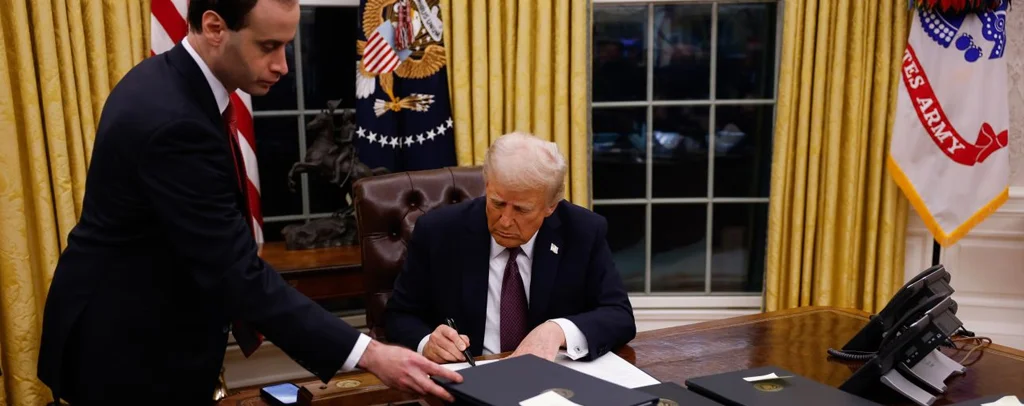
Numerous campaign promises and the resuscitation of policy concepts that were abandoned during Trump’s first term have culminated in the executive acts. Trump officials have hinted that a series of immigration enforcement sweeps targeting criminals will follow them in the coming days, though they haven’t ruled out the possibility that other people may also be arrested.
CBP One’s shutdown on Monday blocked a vital entry point for those wishing to enter the United States. By offering a systematic method of applying to the United States, the app has been credited by Homeland Security Department authorities with reducing the number of migrant crossings. With that gone and rules on asylum in place, the border is essentially closed to asylum seekers, which is a remarkable development.
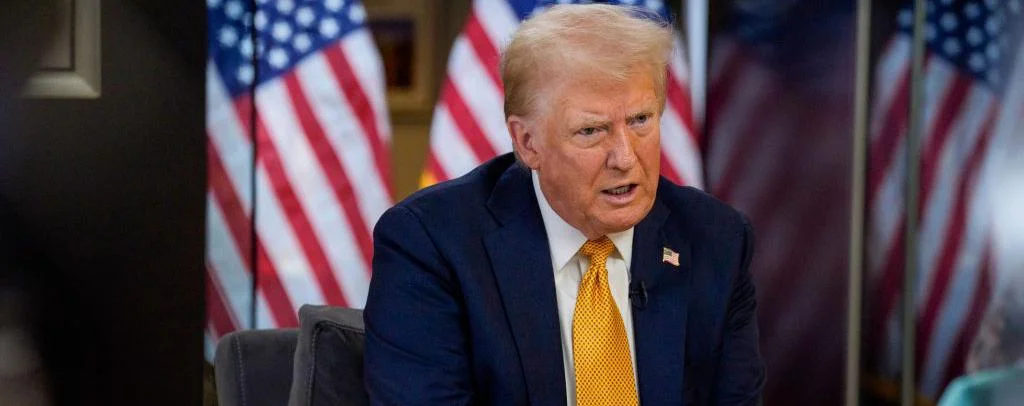
Since January 2023, US Customs and Border Protection reports that over 936,500 users have successfully scheduled appointments to present at ports of entry using the app. According to the agency, existing appointments have been canceled.
In his inauguration address, Trump declared that “all illegal entry will immediately be halted” and signed a declaration of national emergency at the southern US border. Among other things, that declaration prompts the Pentagon to deploy more troops and resources to complete the border wall. It is solely concerned with the security of the southern border.
According to a new White House official, “the military will be at the southern border, but there are other elements of the United States government that will be working throughout the country.”
Additionally, cartels were labeled foreign terrorist organizations by Trump.
An incoming White House official stated, “This initiative is a process that will lead to the designation of the cartels like … Tren de Aragua and MS 13 as FTOs and/or specifically designated global terrorist.” The action will also direct the removal of the gang members and identify them as “irregular armed force of Venezuela’s government conducting a predatory incursion and invasion into the United States” under the Alien Enemies Act.
Additionally, Trump began the process of reintroducing his signature border policy, known as “Remain in Mexico,” which mandates that migrants remain in Mexico while they undergo immigration procedures in the United States. The support of Mexico is necessary for the policy.
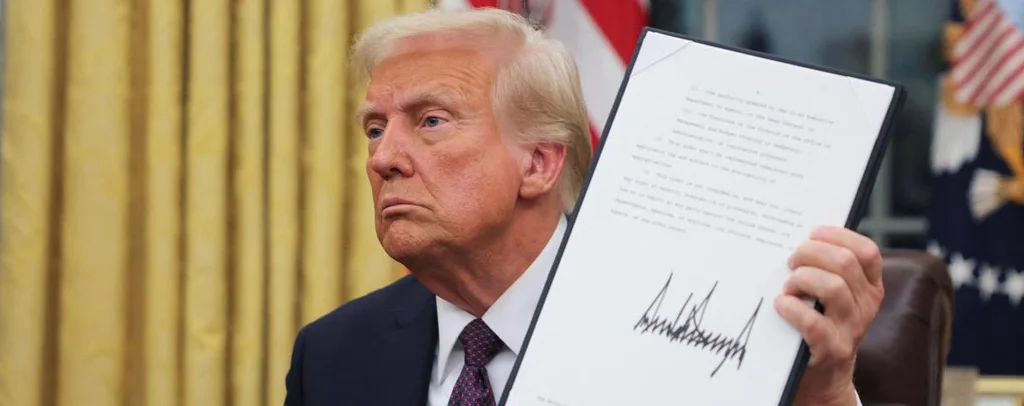
Other executive acts on Monday included:
• Eliminating birthright citizenship, a matter that would require a constitutional amendment or legal action. In order to make it clear that the federal government would not recognize automatic birthright citizenship for children of illegal aliens born in the United States on a prospective basis, the case focuses on the language “and subject to the jurisdiction thereof” in the 14th Amendment.
• Delaying the resettlement of refugees for a minimum of four months.
• Giving the attorney general instructions to pursue the death penalty for capital crimes committed by unauthorized immigrants and the murder of law enforcement personnel.
According to a source familiar with the preparation, Trump’s executive actions on immigration were designed with care and purpose in an effort to resist anticipated legal challenges.
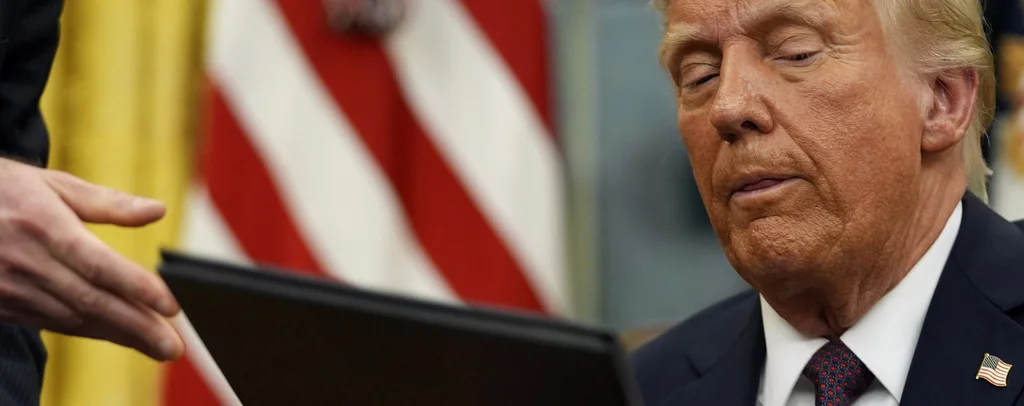
Trump’s first term taught us this lesson, as several of his immigration executive orders—some of which were drafted in a hurry—were challenged in court. Trump’s supporters contend that his immigration policy was hampered by such court battles.
Trump’s team attempted to take that into consideration when they drafted a series of executive orders pertaining to immigration.
“This time, they’re prepared,” the person stated.
Given that the Trump administration is more prepared and steers clear of rash decisions, immigration organizations have been secretly considering how they will handle lawsuits under the Trump administration.
On Monday, the Trump administration was swiftly sued by a coalition of immigration and civil rights organizations for his executive order that aims to terminate birthright citizenship.
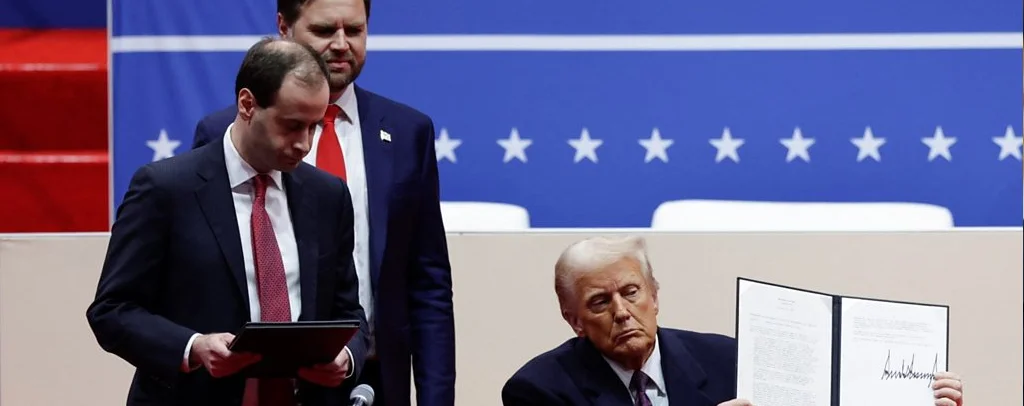
With the groups’ lawyers claiming that the action is against both federal law and the US Constitution, the complaint sets the stage for what is anticipated to be a protracted and unprecedented legal battle over the matter.
Trump is taking over a border that is rather peaceful. In the wake of President Joe Biden’s executive move this summer pushing down on asylum, migrant crossings along the US-Mexico border fell precipitously, whereas the Biden administration struggled with record crossings in recent years.
According to US Customs and Border Protection, the US Border Patrol documented 47,300 migrant interactions in December, the final full month of the Biden administration. During the final month of Trump’s first term, December 2020, there were around 71,000 unlawful crossings.
However, Homeland Security authorities warn that the CBP One app’s closure may lead to an increase in unauthorized border crossings. After hearing that their appointments had been canceled, migrants approaching the southern US border may now decide to cross nonetheless.
“There is nothing for them to return to. One Homeland Security officer stated, “I’m betting that a significant number of them will attempt to cross.”
New developments have been added to this story.
This report was provided to by Devan Cole of CNN.
